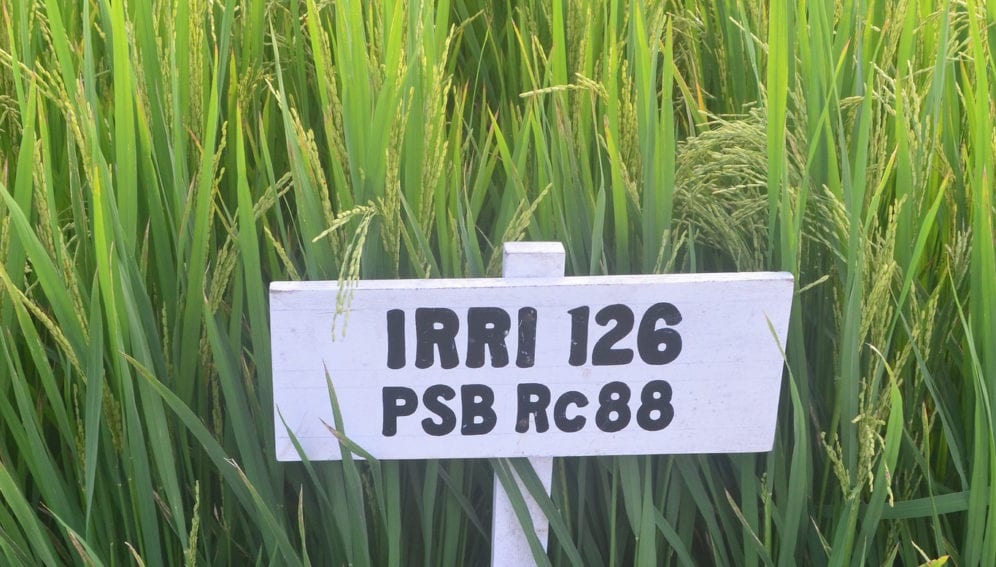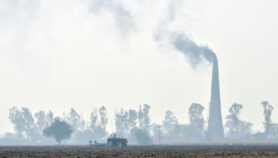By: Anna Valmero
Send to a friend
The details you provide on this page will not be used to send unsolicited email, and will not be sold to a 3rd party. See privacy policy.
[MANILA] A new research facility is being put up by the International Rice Research Institute (IRRI) to attract more young researchers in Asia and other countries to study how rice can grow sustainably in the face of climate change.
IRRI officials led groundbreaking rites last 27 January for the Lloyd T. Evans Plant Growth Facility, a biotech hub with eight environmentally controlled chambers to study climate change impacts on agriculture.
Set to open by yearend at the IRRI complex in the Philippines, the hub allows precise control of elements such as carbon dioxide and greenhouse gas levels, light intensity, water management, night-time temperature and relative humidity, while sensors will monitor plants to generate more accurate data.
Through the facility, named after an Australian plant physiologist and IRRI board member, scientists can mimic environmental conditions as general trends of climate change point to increasing temperature and prolonged dry spells in drier regions.
“Studying agriculture under conditions induced by climate change is critical,” Matthew Morell, IRRI deputy director general for research, tells SciDev.Net. He cites the worsening risks from super typhoons like Haiyan which caused major agriculture losses in the Philippines in late 2013.
Part of the solution to this challenge is enticing more young researchers to pursue long-term career prospects in agriculture and providing easier access to facilities and equipment, Morell says.
“Globally, we have a challenge with how young people [negatively] see agricultural research and farming as careers. With climate change, the world needs more scientists like we have never done before,” Morell notes.
About 3.5 billion people worldwide consume rice as their staple food. By 2050, to meet growing consumption demands, farmers should produce 830 million tonnes of rice to feed the world, up by 180 million tonnes from present production.
However, the number of agriculture researchers in Asia has been declining by 1.2 per cent each year, excluding outlier data of 60,000 researchers from China, according to a 2008 report by the International Food Policy Research Institute.
Senior IRRI plant breeder and geneticist Glenn Gregorio, who works on saline-resistant rice in Africa and Asia, hopes that the facility will nurture top quality researchers. “I hope through this facility, we can inspire our youth to see that agriculture is an innovative field and one that can directly benefit and feed our people,” says Gregorio.
The facility’s US$15 million construction budget came from the Australian government through the Australian Centre for International Agricultural Research.
This article has been produced by SciDev.Net's South-East Asia & Pacific desk.














